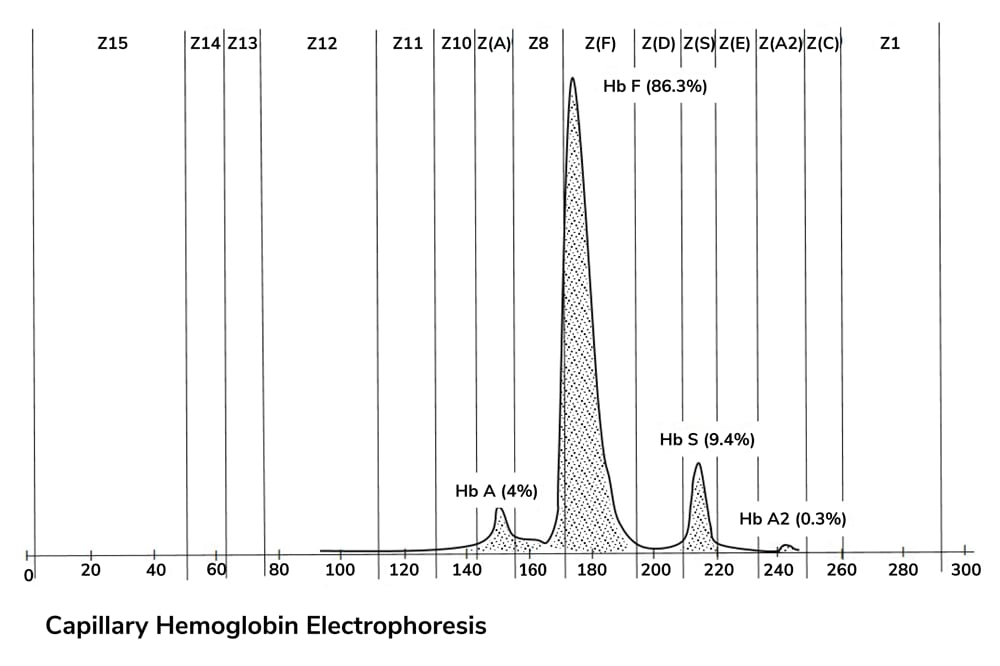Sepsis. A diagnosis that strikes fear into the heart of anyone who knows how severe it can be and how quickly it can worsen. And because sepsis is becoming more prevalent, new protocols have been issued for its management; for example, the Centers for Medicare and Medicaid Services’ (CMS) Severe Sepsis and Septic Shock Early Management (SEP-1) bundle (1). One recommendation is serum lactic acid level measurement within three hours of severe sepsis presentation, and again within six hours if the initial measurement is elevated. Is this a practical goal – and, if so, why and how should it be implemented? To learn more, we spoke to Matthew Churpek and Xuan (Susan) Han – authors of a study revealing that many patients don’t have these measurements taken (2).
What prompted you to look at the use of lactate measurements in sepsis management?
MC: When the CMS SEP-1 bundle was released, we felt that it was a perfect opportunity to better understand the role of standardized lactate measurements in sepsis, and to try to identify the potential benefits and harms of this practice. Lactate has been studied for some time as a marker for disease severity, and it is traditionally thought that the main cause of elevated lactate is inadequate organ perfusion during states of severe illness and shock. However, recent evidence suggests that other factors, such as beta-2 adrenergic receptor stimulation, may play a significant role in lactate elevations in sepsis. Recently, identifying patients with high lactate levels and targeting therapies to normalize lactate have become accepted practices, particularly in the management of sepsis – but the evidence for systematic and early lactate measurements in all patients with sepsis and septic shock is limited.Are we doing enough to standardize sepsis care?
MC: There has been a concerted effort to improve and standardize sepsis care both in the US and internationally, as reflected by various organizations such as the Surviving Sepsis Campaign and recently revised sepsis management guidelines. Numerous studies are ongoing to identify better sepsis treatment strategies and therapeutic opportunities. Despite this, mortality rates continue to be very high. SH: What I find personally interesting and challenging about sepsis is that not all septic patients are the same. Although clear, systematic standards for sepsis management establish a necessary foundation for care, we have a long way to go in terms of truly understanding this complex disease process so that we can provide more personalized care.What impact should the lactate test have on sepsis mortality rates?
SH: Our study focused on patients who met the criteria for “severe sepsis” as defined by CMS. Based on the association between delayed lactate draws and increased mortality in our patient population, one could hypothesize that early lactate measurements on high-risk patients could lead to earlier interventions and improved patient outcomes.Could lactate measurements have diagnostic implications for other diseases?
MC: We frequently see elevated lactates in other forms of shock beyond sepsis, such as hemorrhagic or cardiogenic shock. We also see them as a result of localized tissue ischemia, seizures, liver failure, and certain drugs – to mention just a few causes. In the absence of clear signs of sepsis, an elevated lactate level often forces a clinician to draw a broad diagnostic differential. Some variability exists in the type of lactate measurements currently performed (for example, rapid point of care lactate measurements are becoming more frequently used in emergency departments), but lactate levels are already commonly measured in most clinical settings. As a result, this kind of testing would be easy and require few additional resources to implement.What’s next for your lab?
MC: We are interested in validating our findings in other hospitals, as well as further investigating which interventions in response to elevated lactate values are most likely to improve the outcomes of these high-risk patients.References
- EJ Septimus et al., “Sepsis National Hospital Inpatient Quality Measure (SEP-1): multistakeholder work group recommendations for appropriate antibiotics for the treatment of sepsis”, Clin Infect Dis, 65, 1565–1569 (2017). PMID: 29048513. X Han et al., “Implications of Centers for Medicare & Medicaid Services Severe Sepsis and Septic Shock Early Management Bundle and initial lactate measurement on the management of sepsis”, Chest, [Epub ahead of print] (2018). PMID: 29804795.




